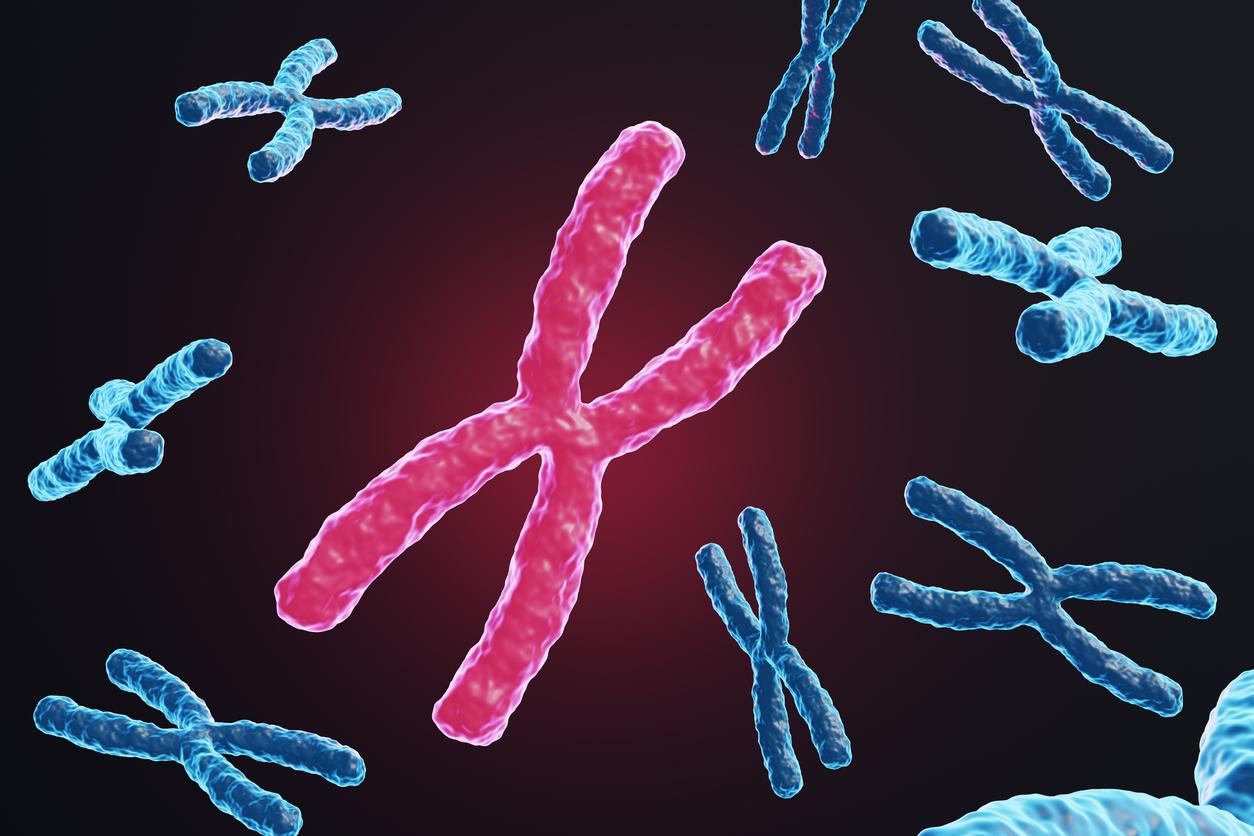Our brain would lead us to amplify the differences between two memories, when these correspond to similar events, in order to better memorize them.

- To avoid saturation, neurons regularly sort through our memories and the details of most of them fade as time passes.
- Memory warping is an adaptive behavior to resolve interference between memories.
We have all had this type of experience: we tell a story that we lived several years ago, being sure to remember perfectly every detail. But another person present that day interrupts you to point out that no, things did not turn out exactly the way you say.
Who to believe in such cases? Probably no one, or both. Because it’s a natural process of our brain: to avoid saturation, neurons regularly sort through our memories and the details of most of them fade as time passes.
For example, if you celebrate your birthday two years in a row at home with more or less the same guests, you will for example tend to confuse these two events more easily. So, to help you remember whether you were 28 or 29, you’ll focus on details that help you distinguish between the two events, such as telling yourself that the cake was better or that so-and-so is not did not come that year.
This brain process has been studied by American researchers at the University of Oregon. Featured in JNeurosci, their work was carried out with 29 volunteers. The latter were invited to participate in an experiment consisting in remembering images of objects associated with faces. Once the cards had been memorized, the participants had to try to find the object affiliated with a face that was shown to them.
An adaptive reaction of the brain
Presented in this way, the exercise may seem easy. But the researchers made sure to introduce extremely similar objects, with subtle variations in the colors, which greatly complicated the task. The next day, the volunteers were again challenged to find the object, but this time from a color wheel.
The researchers found that to better distinguish between objects, the participants exaggerated the sharp differences in colors, ignoring the subtle nuances of hues (transforming for example two kinds of brown into red).
Throughout the experiment, participants’ brain activity was examined from a mmagnetic resonance imaging (MRI) machine, focusing more specifically on the parietal cortex, the area of the brain responsible for our perception of time.
Similarities between memories is a primary cause of interference and forgetting. We believe that memory distortion is an adaptive behavior to resolve interference between memories”, analysis Yufei Zhaon, principal researcher of the study.
In other words, the more the memories resemble each other, the more the brain will tend to amplify the differences in order to distinguish them and better memorize them. And according to the findings of this research, it works!
.















